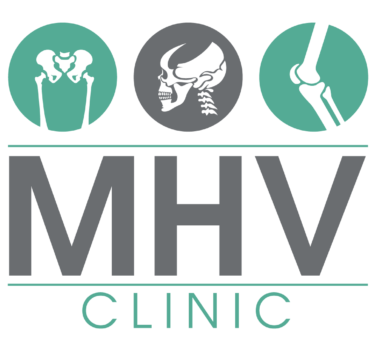Conditions
We help hard-working individuals achieve total wellness through a series of exercises and methods, so they can go through life without the constant aches and pains.
Back can be caused by several things. The most common causes are heavy lifting, sudden/awkward movement can strain back muscles and spinal ligaments.
Neck muscles can be strained from poor posture — which many of us can relate this to sitting in front of your computer, leaning over your workbench.
A slipped disc is when a soft cushion of tissue between the bones in your spine pushes out. It can be extremely painful if pressed on.
Sciatica most commonly occurs when a herniated disc, bone spur on the spine or narrowing of the spine (spinal stenosis) compresses part of the nerve.
Almost everybody will experience a headache in their life. The cause may be due to a range of lifestyle factors, which includes poor posture, back pain and more.
Low back pain is the most frequent complaint, but research shows neck, shoulder and arm pain has become increasingly widespread as a result of postural dysfunction.
In around 8 in every 10 cases, the cause of scoliosis is unknown. This is called idiopathic scoliosis. Idiopathic scoliosis cannot be prevented and is not thought to be linked to things such as bad posture, exercise or diet.
Nerve pain can be due to problems in the central nervous system (brain and spinal cord), or in the nerves that run from there to the muscles and organs.
A single excessive strain or injury may cause a herniated disc. However, disc material degenerates naturally as one ages, and the ligaments that hold it in place begin to weaken. As this degeneration progresses, a relatively minor strain or twisting movement can cause a disc to rupture.
When you have a ‘slipped’ (prolapsed) disc, a disc does not actually slip. What happens is that part of the inner softer part of the disc (the nucleus pulposus) bulges out (herniates) through a weakness in the outer part of the disc.
These are some of the conditions that commonly cause hip pain: arthritis, hip fractures, bursitis, tendinitis, muscle or tendon strain.
Arthritis is an inflammation of the joints. It can affect one joint or multiple joints. Joint pain, stiffness, and swelling are the most common symptoms of arthritis. Your range of motion may also decrease, and you may experience redness of the skin around the joint.
